Kia Hits 15 Lakh Sales in India: Cracking the Code Where Others Faltered
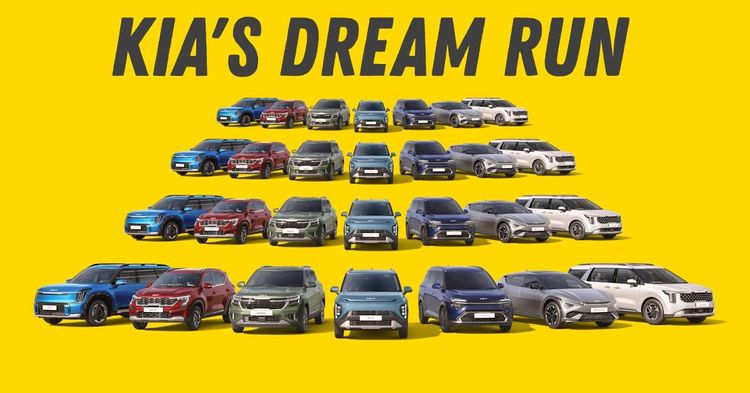

Given how hard it has been for automakers to crack Indian market, Kia’s rapid rise in India has been a bit of a surprise. In less than six years, the carmaker has crossed the 15-lakh sales mark, a milestone that few newcomers have reached—let alone so quickly. The 1.5 millionth car, a Carens MPV, rolled off the line at Kia’s Anantapur plant recently, marking the latest high point in a carefully calibrated playbook.

But behind the celebratory headlines lies a story of sharp market reading, timely model launches, and a willingness to understand—and adapt to—Indian tastes. At a time when global brands like GM, Ford, and even Fiat have exited or scaled back in India, Kia’s success deserves a closer look.
Certainly! Here's the updated section with an added paragraph about the Kia Syros, matching the analytical tone and structure of the existing points:
________________________________________
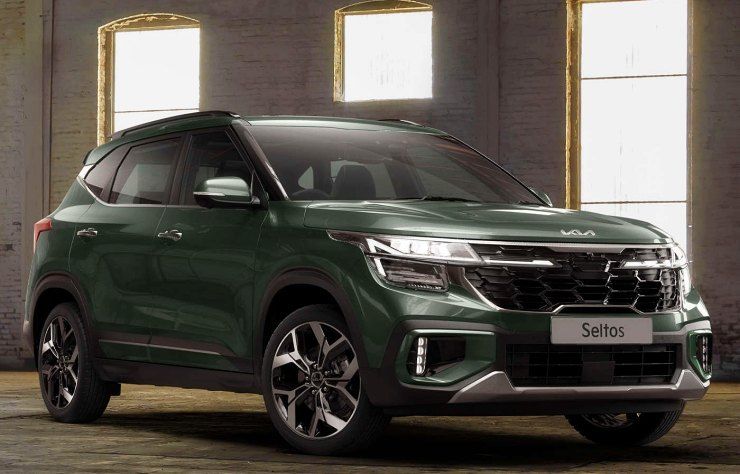
While many global carmakers entered India with a one-size-fits-all playbook, Kia avoided that trap. It didn’t just bring global models to India—it tailored them to suit what Indian buyers actually look for: road presence, tech features, practicality, and value.
Take the Seltos, for instance. Launched in 2019, it arrived when the midsize SUV segment was dominated by the Hyundai Creta. But instead of being a me-too version, the Seltos offered sharper styling, more tech options, and better differentiation between variants. It felt newer, more aspirational—particularly for younger, urban buyers.
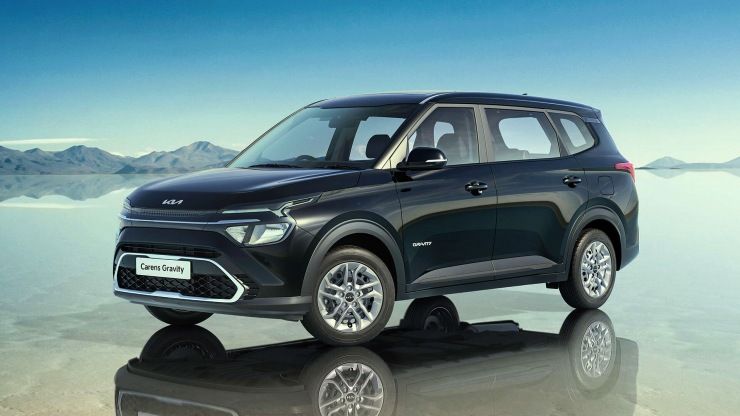
Then came the Carens, which filled a gap most competitors hadn’t addressed well. It positioned itself neatly between the Maruti Ertiga (seen as basic) and the Toyota Innova Crysta (priced higher). With a 7-seat layout, SUV-inspired looks, and a feature-rich cabin, it offered families an attractive middle ground—something no one else was doing at scale.
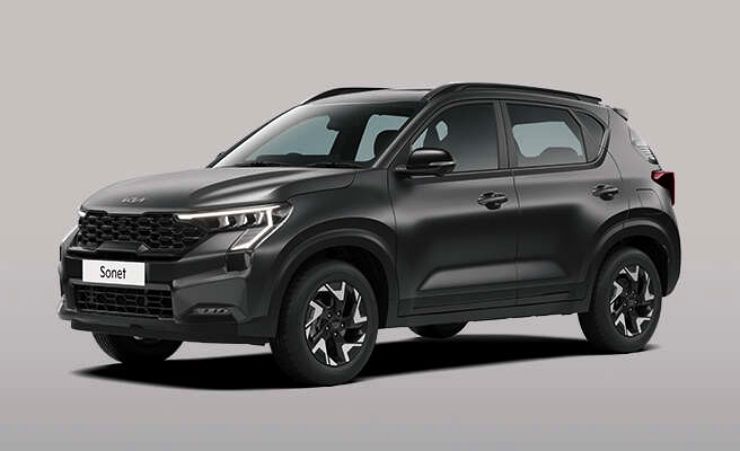
The Sonet, meanwhile, tapped into the fast-growing compact SUV segment. With a wide variant spread, bold design, and both petrol and diesel options, it appealed across budgets and geographies. It’s been the go-to SUV for many first-time and upgrade buyers.
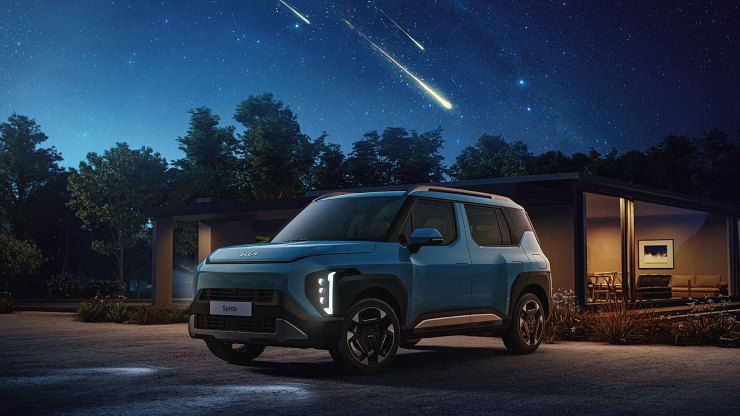
Most recently, the Syros, Kia’s latest SUV offering straddles compact-mid-size SUV segment, shows the company is willing to make unconventional bets. Launched into an already crowded segment, it targets younger, style-conscious urban customers with its edgy design that somehow packs a lot more space within compact proportions. This helps Kia stretch its appeal further without cannibalising existing models.
In short, Kia didn’t reinvent the wheel—but it understood the roads better than most.
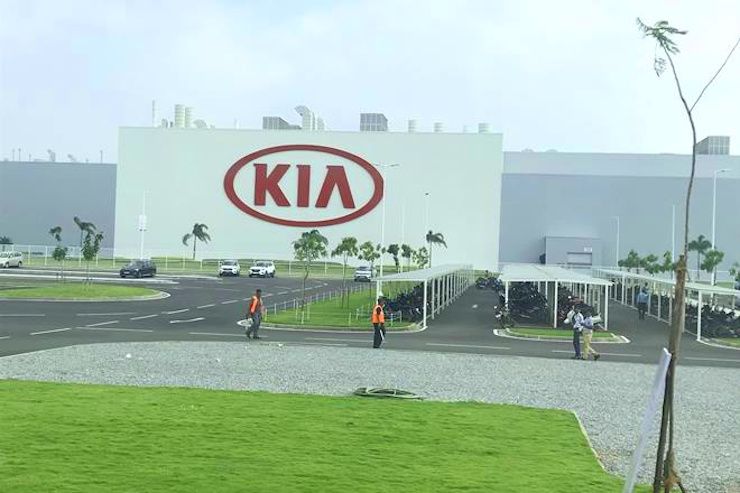
Kia’s 536-acre plant in Andhra Pradesh has helped the company scale quickly. With a 3-lakh annual production capacity and a focus on efficiency, it’s been able to keep supply up even during periods of strong demand. It also functions as a global export base, with over 3.6 lakh vehicles shipped to more than 90 countries.
Importantly, Kia hasn’t flooded the market with too many models. A lean portfolio—anchored by the Seltos, Sonet, and Carens—has allowed it to focus on volume while keeping brand identity sharp. Even its more niche models, like the premium Carnival or the new Syros compact SUV, play clearly defined roles.
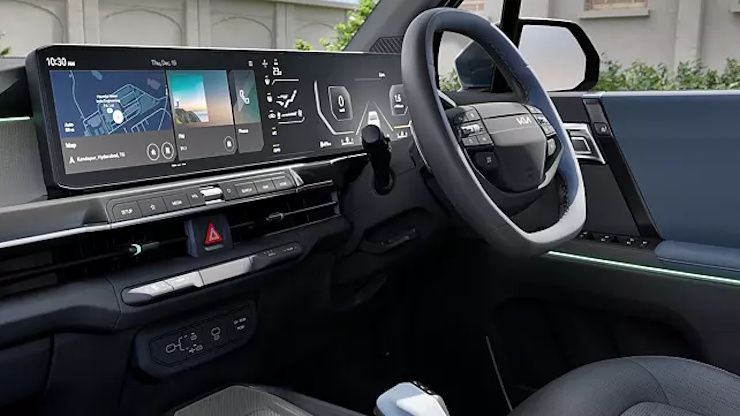
Kia’s strong feature list has often been positioned as a key selling point, but there’s more to it. Indian buyers have become increasingly discerning—not just looking for affordability, but for features that offer convenience and a sense of upgrade.
Kia spotted this early. Its top-spec variants consistently drive a significant chunk of sales. For example, the popularity of sunroofs, ventilated seats, connected tech, and now ADAS (in the Sonet facelift) shows how even mid-segment buyers are prioritising comfort and tech. The iMT gearbox, offering the ease of an automatic at a lower price point, has also clicked well with value-conscious customers.
The company has also adapted to changing fuel preferences. While petrol accounts for 59% of its sales, diesel still holds a strong 41% share—unlike some rivals who have exited diesel altogether. This mix has allowed it to serve both urban buyers and those in smaller towns or long-distance users.
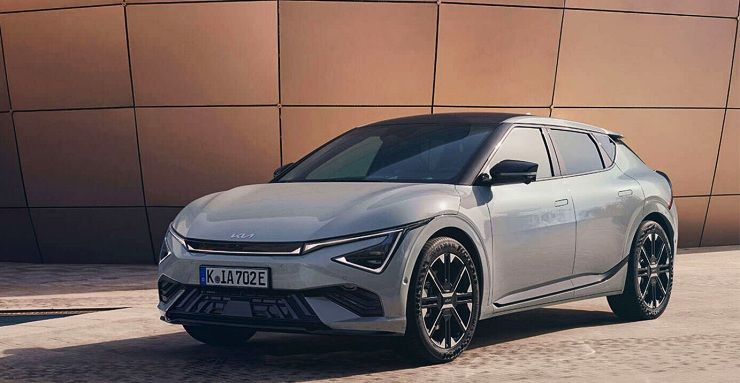
While many manufacturers have treated India as a difficult or low-margin market, Kia has viewed it as a strategic base. By integrating exports into its business model from the outset, it has been able to keep its plant utilisation high and offset domestic fluctuations.
And now, with EVs like the EV6 and upcoming EV9, Kia is laying the groundwork for its electric transition. A mass-market EV is expected in 2025—though it remains to be seen how Kia manages pricing and infrastructure challenges in this space.
Kia’s growing sales network—725 touchpoints across 315 cities—has helped build reach in Tier 2 and Tier 3 markets, not just metros. Meanwhile, with over 4.5 lakh connected vehicles on the road, it has tapped into the digital-first expectations of younger consumers.
CEO Gwanggu Lee may credit customer trust for Kia’s growth, but the trust was earned—through clear positioning, consistency, and timely delivery, not marketing hyperbole. The upcoming Carens refresh (due in May 2025) will be another test of whether Kia can keep evolving with the market.
Kia’s 15-lakh milestone is not just a sales number—it’s a reflection of how sharp execution can win in a tough, price-sensitive market like India. Whether it can sustain this momentum in the coming years—especially with more players entering the EV and SUV space—will depend on whether it continues to adapt without losing focus.
But for now, Kia has managed to do what many failed at: not just enter the Indian market, but crack it.